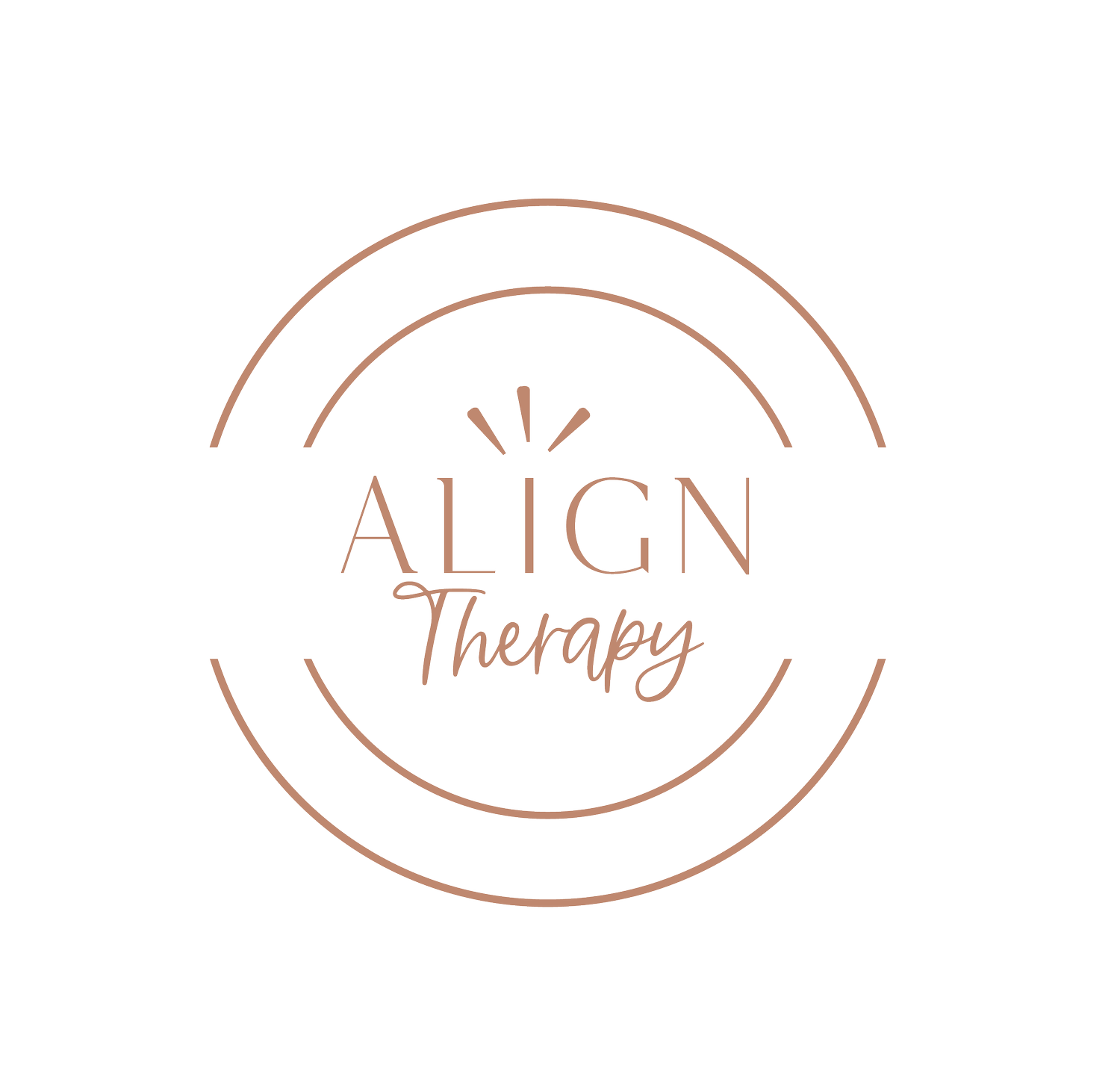OCD or Just Anxious? How to Tell the Difference and What to Do
If you struggle with anxiety, it can be hard to tell the difference between Obsessive-Compulsive Disorder (OCD) and Generalized Anxiety (GAD). Here are a few ways to tell the difference and what to do if you experience these signs.
What is OCD?
Obssessive-Compulsive Disorder (OCD) is characterized by obsessions (recurrent or persistent thoughts, urges or experiences that are unwanted and intrusive which may cause distress or anxiety) and compulsions (thoughts, urges, images or actions that an individual uses to suppress, ignore or neutralize an obsession). Compulsions can be physical, mental or a combination of both. Obsessions and compulsions take more than an hour a day.
What is Generalized Anxiety Disorder?
Generalized Anxiety Disorder is an anxiety disorder characterized by excessive worry, difficulty controlling worry, restlessness or feeling keyed up or on edge, being easily fatigued, difficulty concentrating or mind going blank, irritability, muscle tension and sleep disturbance (difficulty falling or staying asleep, or restless unsatisfying sleep).
How Do I Tell The Difference Between The Two?
While both involve marked anxiety and distress, OCD has key distinctive features.
Intrusive thoughts in OCD are ego-dystonic, meaning that they go against your true character, wants or feelings, whereas anxious are generally ego-syntonic, more aligned with your self-image, and grounded in more reality. OCD also tends to attack your values. Therefore, what are most afraid of occurring due to your values will often become what your intrusive thoughts center around.
Worry from anxiety often stems from broad real-life events such as one’s health, family, finances and career, OCD obsessions are often more narrowly focused. Intrusive thoughts in OCD are ego-dystonic, meaning that they go against your self-image, character, wants or feelings.
Examples of OCD themes and intrusive thoughts can include fears around:
● Contamination (What if this I did not cook this enough and I get food poisoning? What if someone who sat on this seat before me was sick or dirty? What if I passed a disease on to someone else?)
● Harm (What if I hurt my dog? Drive off this bridge. Push someone in front of a train) ● Scrupulosity (What if I sinned and can’t go to heaven?)
● Doubt/false memory (What if I did something bad and I cannot remember?)
● Sexual identity (What if I’m not really sexual identity I identify as and I’ve been faking it this whole time?)
● Relationships (What if I’m not attracted to my partner? What if they are not right for me and not the one?)
● Somatic/Body-based (What if I’m having a heart attack? What if my eye twitch means I’m losing my vision?)
● Existential thoughts (What if I never know what I believe?)
● Pedophilia (What if my intrusive thoughts about children mean I’m a pedophile?) ● Just “Right” (Don’t stop until your clothes are just “right”)
● Racism (What if I yell a racial slur in public? What if I get canceled for being secretly racist?)
● Mental illness (What if I develop schizophrenia? What if my obsessions mean I’m having hallucinations or delusions?)
OCD also tends to create doubt in individuals. Therefore, once one theme has been resolved, individuals may find that another OCD theme will pop up.
Individuals with generalized anxiety do not engage in compulsions in order to neutralize or attempt to get rid of their obsessions. Individuals with OCD will often engage in safety behaviors/compulsions in order to keep distress over obsessions low.
Examples of compulsions may include:
● Checking (such as checking the stove was turned off multiple times)
● Mental rehearsal (such as replaying conversations in your head to make sure your obsession did not come true)
● Mental rituals (such as counting)
● Reassurance-seeking (such as asking others for signs that your anxiety is justified)
● Avoidance (such as avoiding areas or objects associated with your obsession)
● Attempting to undo obsessions via thoughts or actions (such as washing your hands multiple times)
● Rumination (such as looping thoughts around the obsessions)
What To Do
Due to their differing presentations, different treatment modalities are used for OCD and GAD. If you are experiencing these signs and symptoms of OCD, it is incredibly important to receive care from a OCD-specialized clinician who utilizes Exposure and Response Prevention (ERP). ERP is the gold-standard, evidence-based treatment modality for OCD. It is vital that an individual with OCD receives ERP, as treatments for anxiety, such as EFIT, ACT or somatic modalities can potentially lead to an increase in obsessions. I specialize in both anxiety and OCD and will tailor treatment according to your needs.
Our treatment approach to OCD combines ERP with ACT in order to help you get unstuck from the cycle of obsessive and compulsive thoughts and actions, and live the life you want to live in accordance with your values.
Book a free consultation to learn more about therapy for anxiety and OCD treatment.

